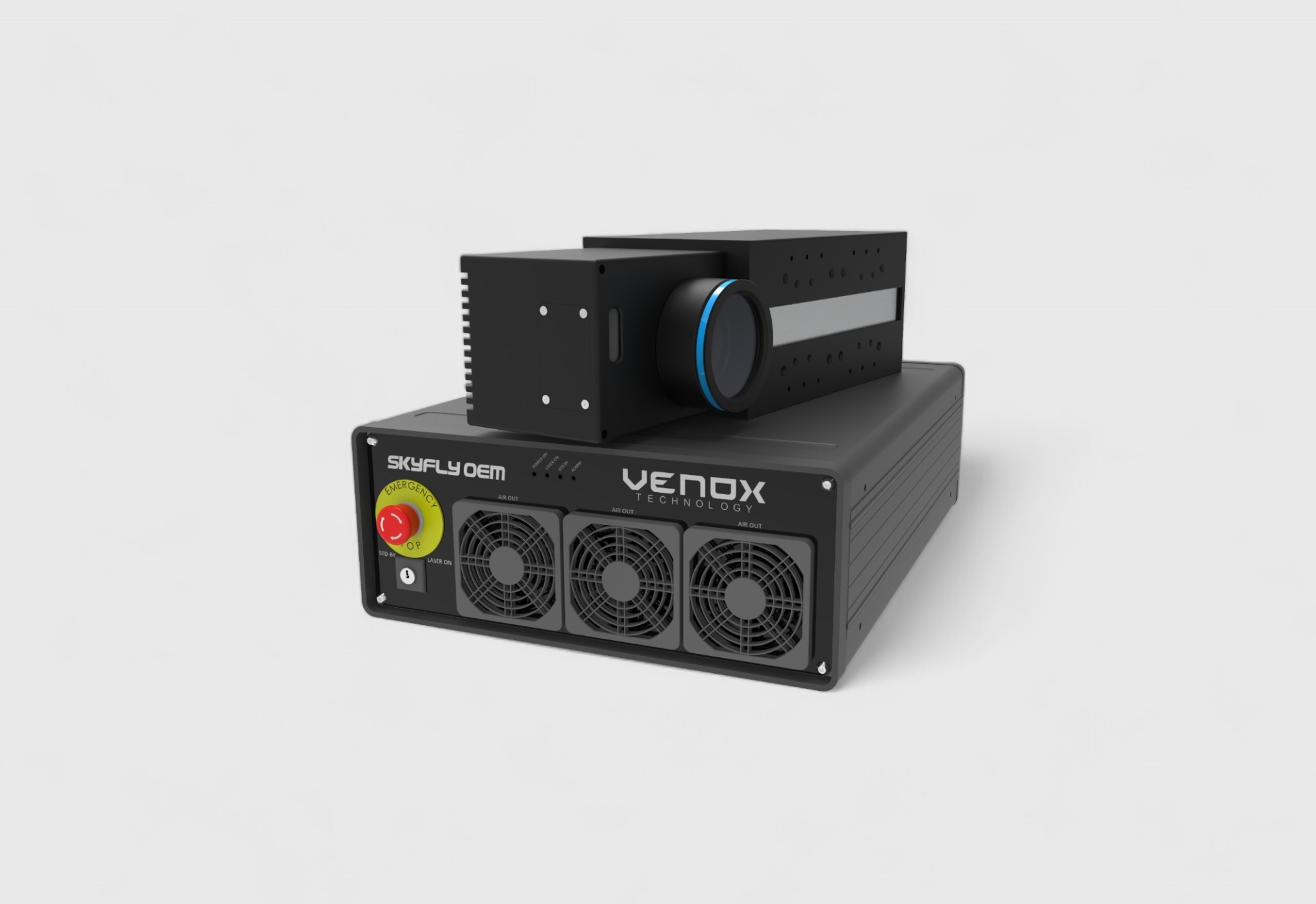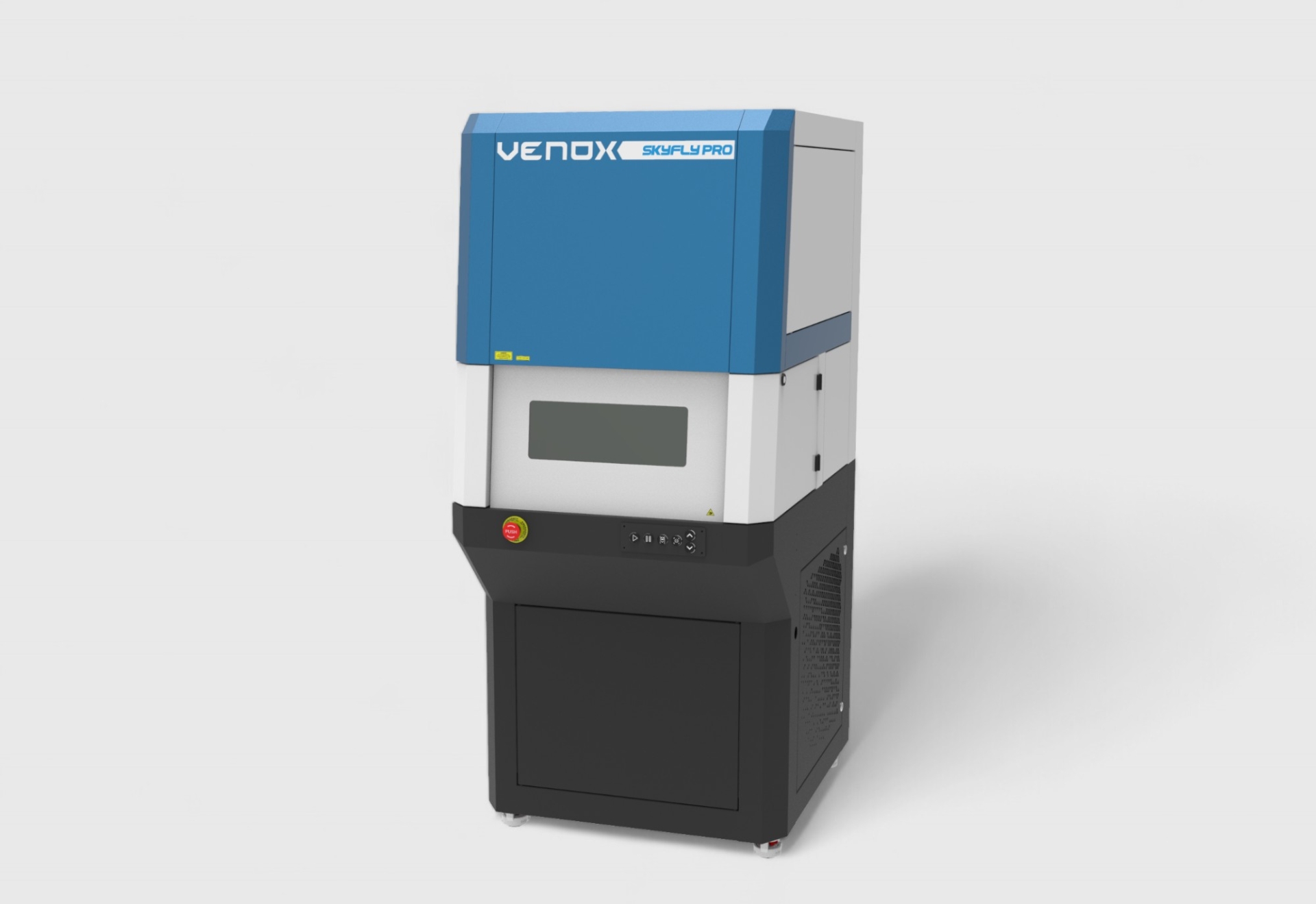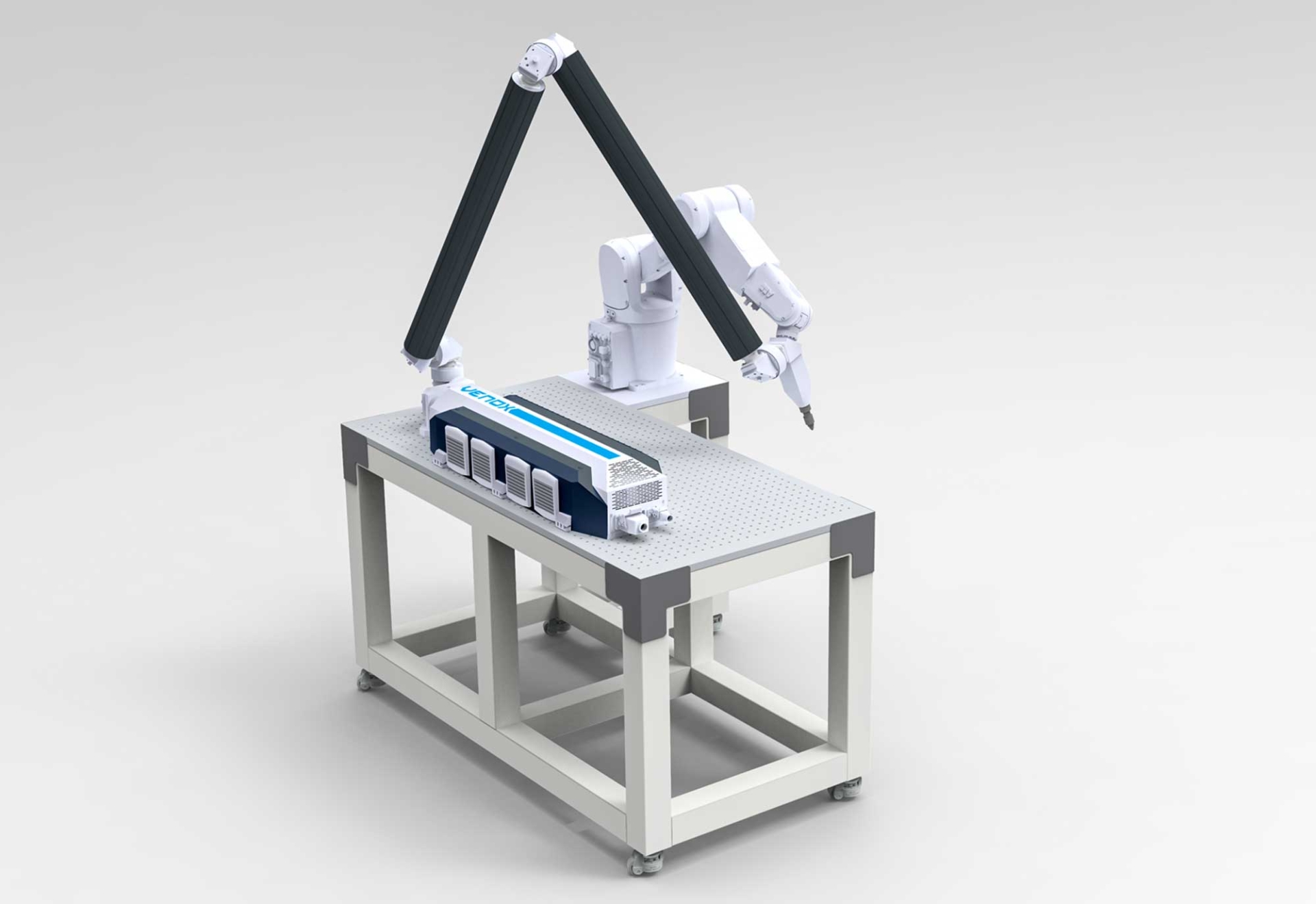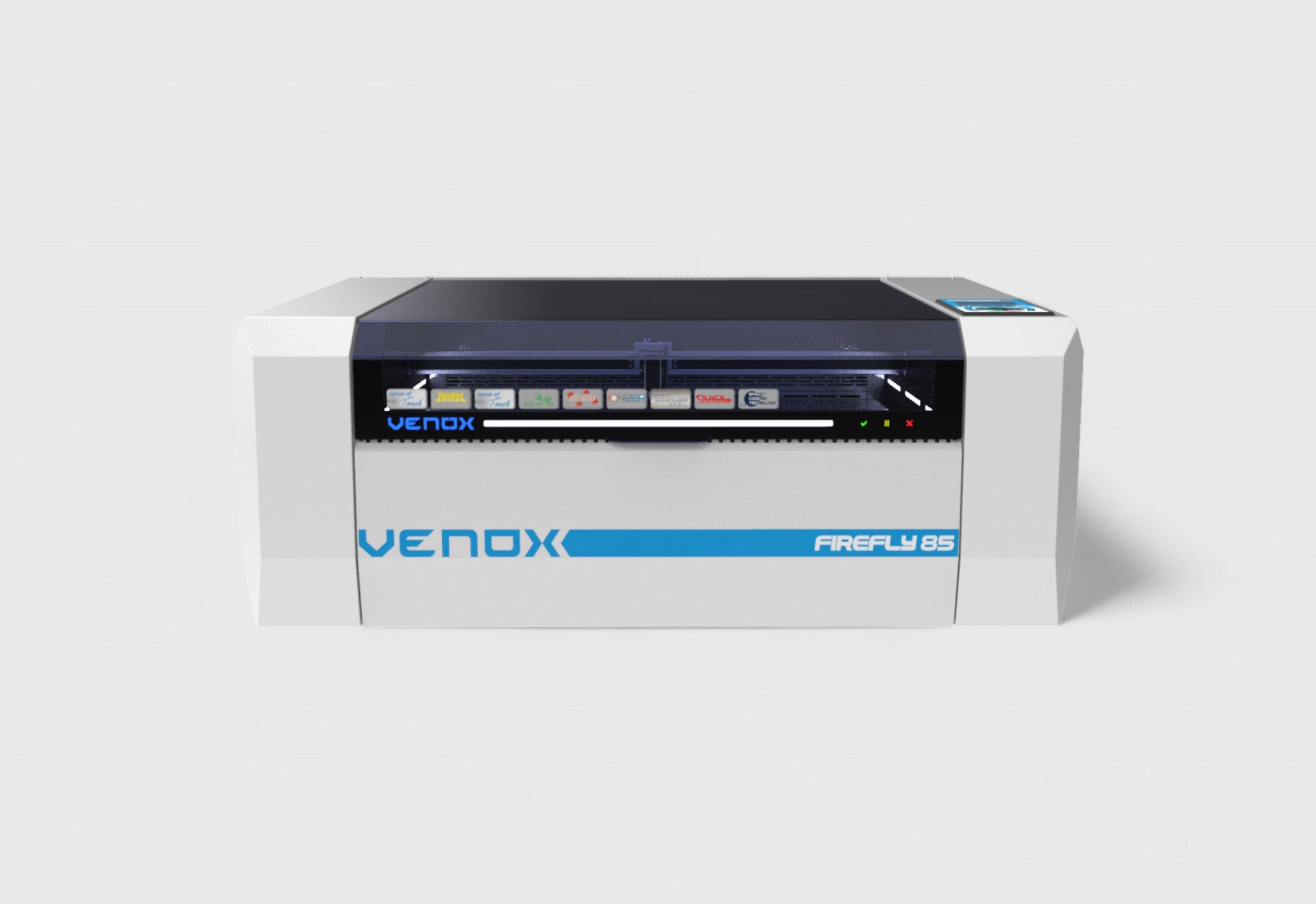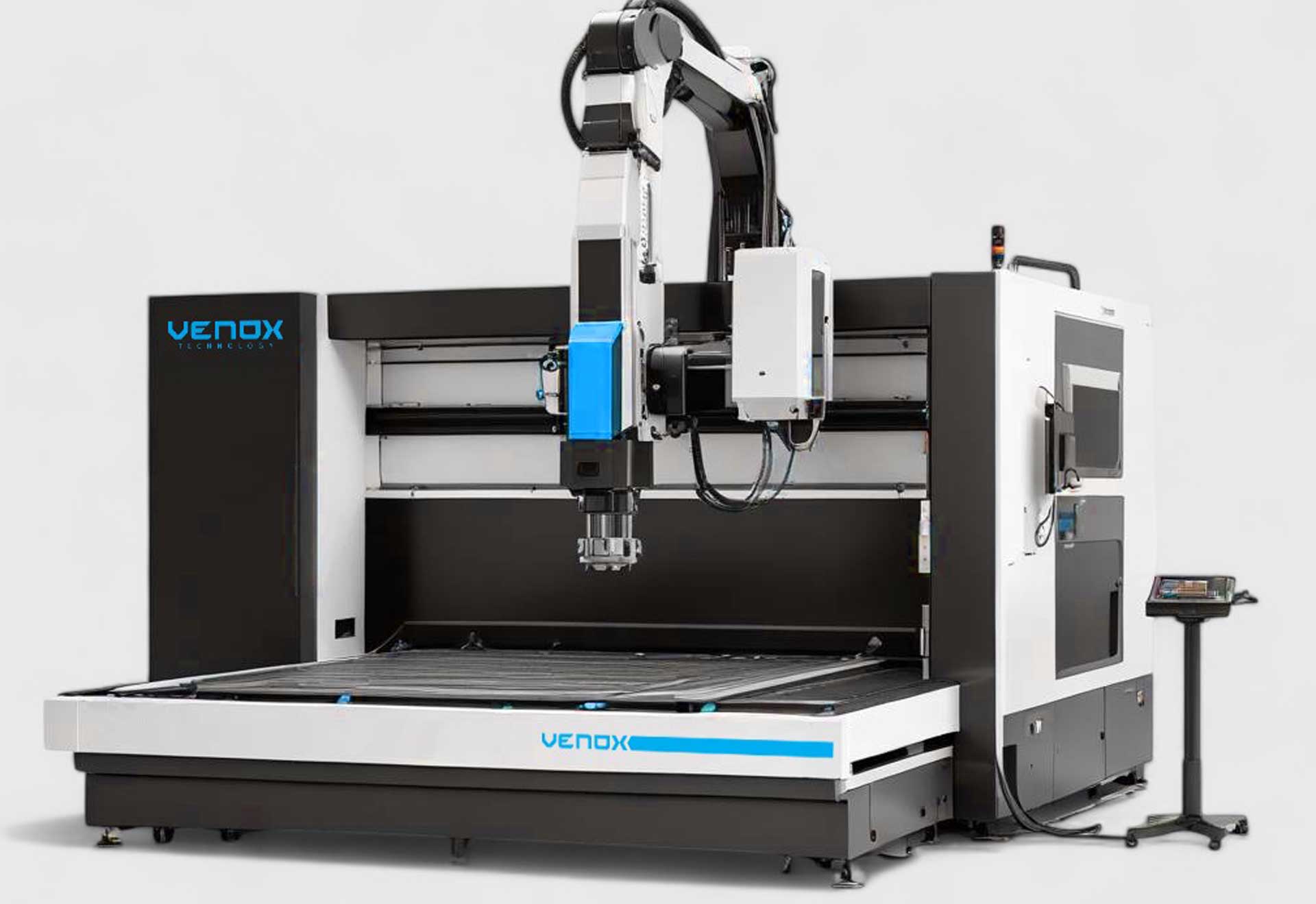Laser Marking on Glass Surfaces: A Practical Guide Without Risk of Cracking
Challenges and Potential of Laser Marking on Glass Materials
Why Is Glass a Challenging Surface?
Glass is a hard yet brittle material by nature. When interacting with high-intensity energy sources like laser beams, thermal stress may occur. This stress can lead to cracking, breaking, or permanent surface damage. Therefore, laser marking on glass surfaces requires a more delicate approach compared to metals or plastics. Factors such as the surface tension, type of glass (borosilicate, soda-lime, quartz, etc.), thickness, and presence of coatings directly affect the success of the marking process.
Benefits of Laser Marking on Glass
Traditional labeling methods can fall short in both durability and aesthetics on glass surfaces. Labels may peel off over time, become detached in humid environments, or become unreadable. However, with laser marking, engravings made on the glass surface are permanent and resistant to UV light and chemical exposure. Especially in sectors where long-term readability is essential—such as medical laboratories, pharmaceutical industry, and food packaging—laser marking is indispensable.
What Kind of Information Can Be Marked on Glass?
The types of data that can be laser-marked on glass surfaces include:
- Serial numbers and lot codes
- Production and expiration dates
- 2D codes and QR barcodes
- Product logos or brand symbols
- Technical symbols, measurement markings, safety indicators
Precisely marking such information on glass enhances product identity, increases traceability, and offers a professional appearance.
Selecting the Right Equipment for Glass Laser Marking
Laser Types Used on Glass
The most commonly preferred technologies for laser marking on glass are CO2 and UV lasers. CO2 lasers produce a surface-level matte mark and are typically ideal for high-speed production environments. UV lasers, on the other hand, have a very short wavelength, allowing them to act microscopically without transferring excessive heat into the glass. This enables more precise, clearer markings with significantly reduced risk of breakage. Depending on the application, a choice between these two laser types should be made.
A New Standard in Glass Marking with Firefly
Firefly is a system specially developed for safe laser marking on glass surfaces. Thanks to its multi-axis motion capabilities, Firefly can automatically adjust focus distance even on uneven glass surfaces. With its integrated camera system, the marking area is visualized in real time and marked with high precision. Additionally, the advanced software infrastructure of the system allows pre-programming of parameters specific to different types of glass.
Why Are Parameter Settings Critically Important?
The quality of laser marking heavily depends on laser parameters. When marking on glass, settings such as power, speed, frequency, scanning density, and focus distance must be carefully optimized. Otherwise, excessive heating, blurring, or cracking may occur on the surface. Firefly’s intelligent parameter control prevents such issues and ensures repeatable quality in every product.
Application Areas for Glass Products
Main application areas for laser marking on glass surfaces include:
- Beverage industry: Date and lot code on bottles and jars
- Laboratory equipment: Tubes, petri dishes, glass slides
- Home decoration: Custom designs on vases, glass panels, glass plates
- Automotive: Production numbers, quality markings on glass components
- Glass furniture and architectural glass: Brand logos and measurement marks
These application areas offer strong opportunities for both industrial and personal use.
Industrial Integration and Automation
Venox laser marking machines are manufactured in a modular way to integrate into automation systems. With these systems, glass products can be marked instantly as they pass through the production line. A fully automated workflow can be achieved with PLC integration, automatic product recognition, sensor-based positioning, and quality control cameras.
The Role of Laser in the Glass Industry
The glass industry is increasingly adopting laser technology. In addition to its marking capabilities, laser is also used decoratively by creating surface patterns on glass. Its non-contact, fast, and consumable-free nature offers significant cost advantages to the industry. It also provides flexibility for brands that wish to create custom designs for their customers.
Application Examples and Success Stories
On Venox’s glass laser applications page, you can find project visuals, technical explanations, and user experiences tailored to sector-specific needs. Test results with different laser parameters for each glass type guide visitors in choosing the right solution. Customizable solutions are available for both small-scale manufacturers and large industrial production lines.
Conclusion
When applied with the right technology and expert engineering approach, laser marking on glass surfaces produces high-quality, aesthetic, and durable results. With advanced systems like Firefly, it is now possible to perform high-precision marking without the risk of breakage. In terms of visual appeal, permanence, and production efficiency, laser marking on glass is no longer the solution of the future, but of today. With Venox’s industry expertise and technological infrastructure, you can achieve unmatched solutions in glass marking.
